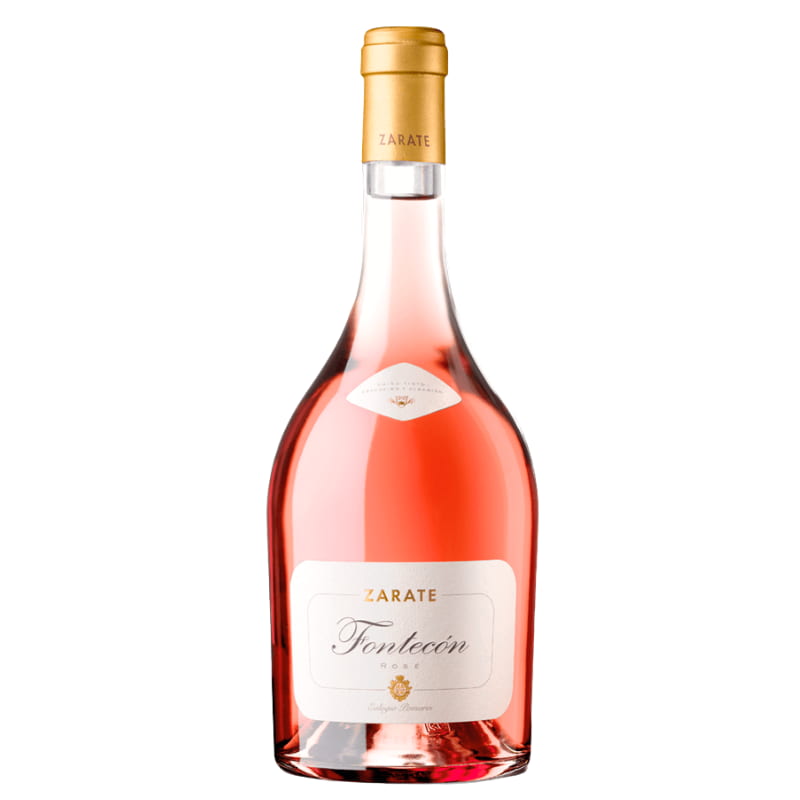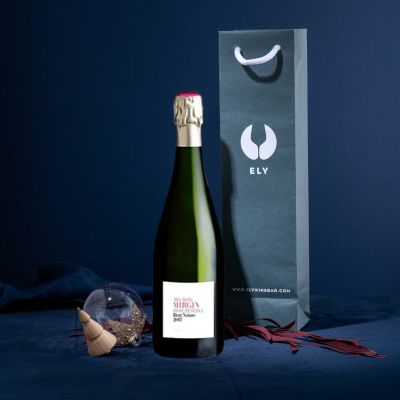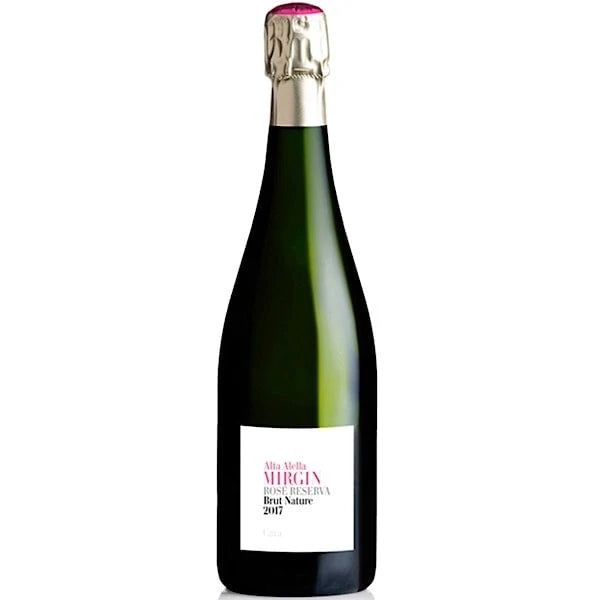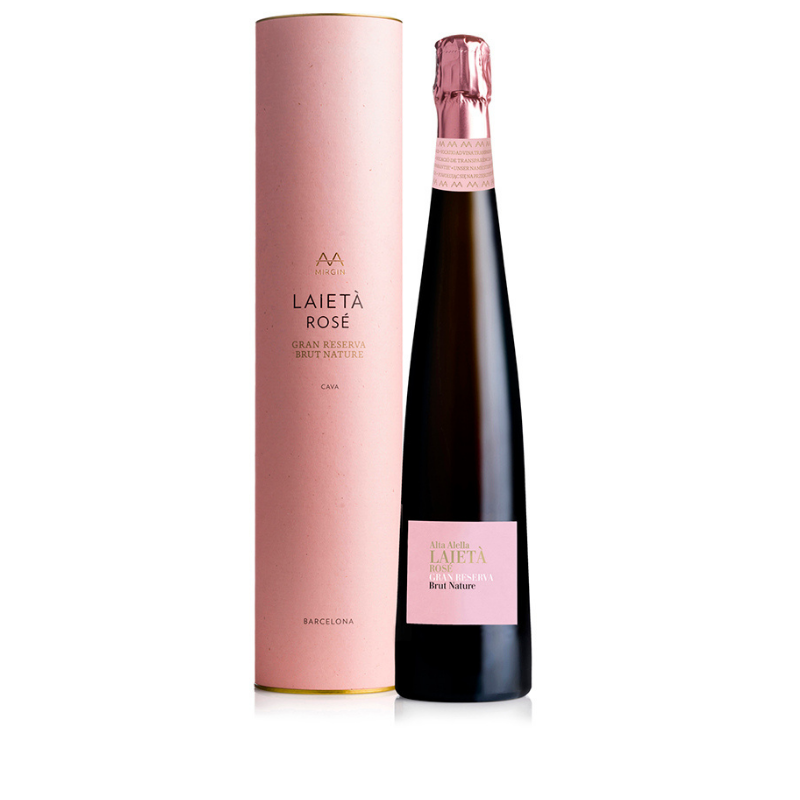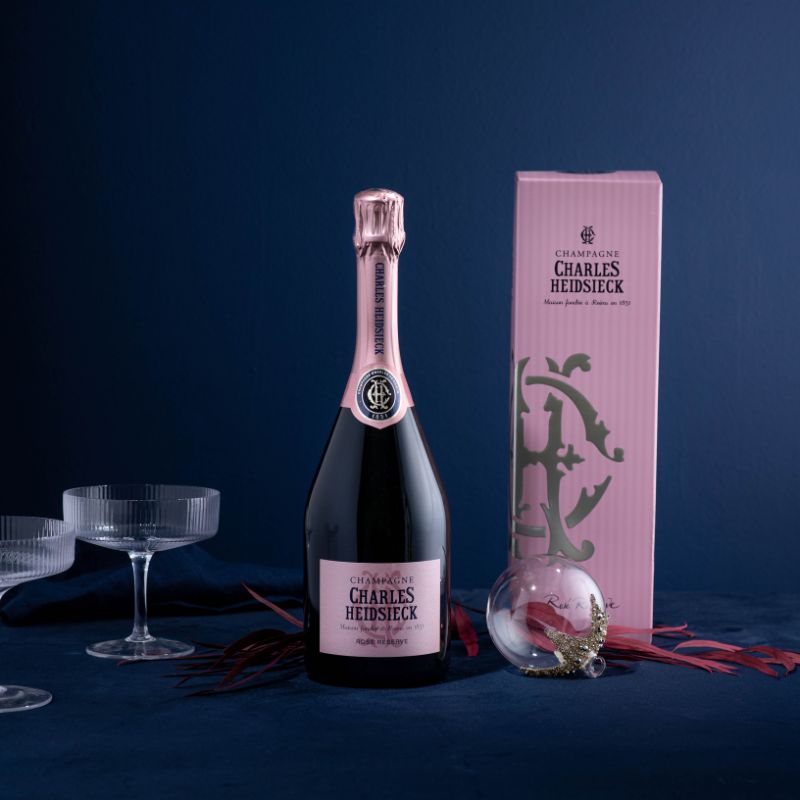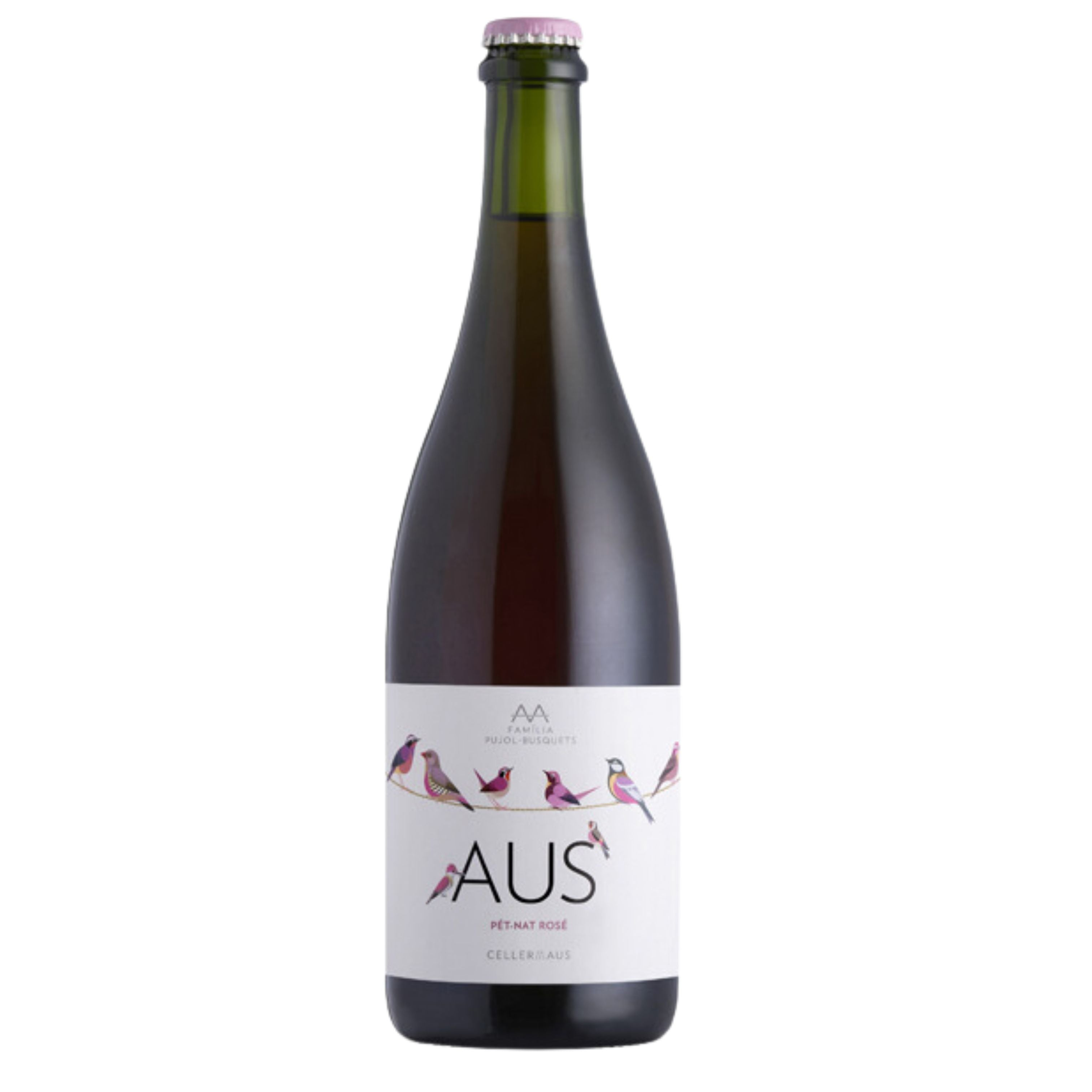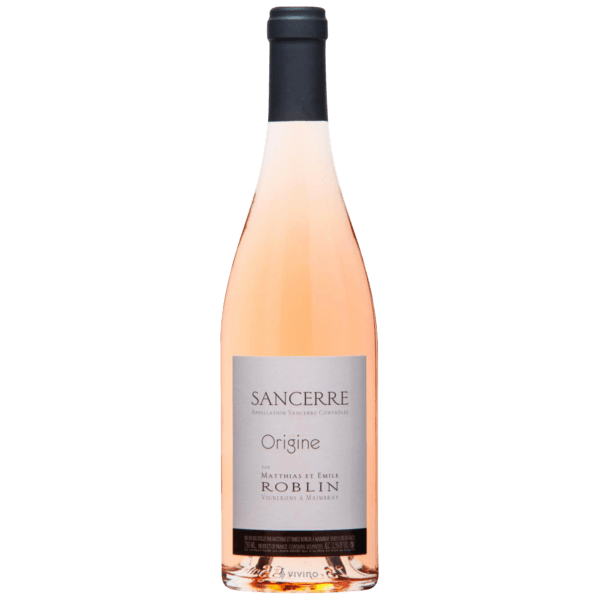Your shopping bag is empty
Go to the shopAll Wines
Easter Picks
Top Picks
New In
Wine Boxes
Sale
Type
Style
Country
Grape/Blend
- Back to Wines
- Albarino
- Albillo
- Barbera
- Brancello
- Cabernet Sauvignon
- Caiño Tinto
- Carignan
- Chardonnay
- Cinsault
- Corvina
- Espadeiro
- Gamay
- Garganega
- Garnacha
- Garnatxa Negra
- Godello
- Greco di Tufo
- Grenache
- Macabeu
- Malbec
- Marsanne
- Mataro
- Mencia
- Merenzao
- Merlot
- Mourvèdre
- Muscadet
- Nebbiolo
- Pansa Blanca
- Parellada
- Pinot Nero
- Pinot Noir
- Piquepoul White
- Riesling
- Rolle
- Rondinella
- Sangiovese
- Sauvignon Blanc
- Shiraz
- Souson
- Syrah
- Tempranillo
- Trebbiano
- Treixadura
- Verdicchio
- Viognier
- Xarel-lo
2021 ELY winebar. All rights reserved.
Rosé
Category
Country
- Argentina
- Australia
- Austria
- Chile
- France
- Alsace
- Bordeaux
- Margaux (Bordeaux)
- Medoc (Bordeaux)
- Burgundy
- Beaujolais
- Chablis
- Champagne
- Chateauneuf-du-Pape
- Côte-Rôtie
- Côte Chalonnaise
- Côte de Beaune
- Côtes du Rhône
- Jura
- Languedoc
- Loire Valley
- Pauillac
- Rhône
- Riviera del Garda
- Sancerre
- Vacqueyras
- Vin de Pays de L'Herault
- Germany
- Italy
- Alto Adige
- Asti
- Campania
- Colli Euganei, Veneto
- Nizza Monferrato
- Piedmonte
- Puglia
- Tuscany
- Valtellina Superiore
- Veneto
- New Zealand
- Portugal
- South Africa
- Spain
- Albillo
- Alella
- Alicante
- Cadiz
- Jerez
- Moclinejo
- Penedes
- Rias Baixas
- Ribeira Sacra
- Ribera del Duero
- Ribera del Mino
- Rioja
- Val do Salnes
- Vinos de Madrid
- Switzerland
Grape
- Albarino
- Albillo
- Barbera
- Brancello
- Cabernet Sauvignon
- Caiño Tinto
- Carignan
- Chardonnay
- Cinsault
- Corvina
- Espadeiro
- Falanghina
- Gamay
- Garganega
- Garnacha
- Garnatxa Negra
- Godello
- Greco di Tufo
- Grenache
- Jaen
- Macabeu
- Malbec
- Malvasia
- Marsanne
- Mataro
- Mencia
- Merenzao
- Merlot
- Monastrell
- Moscatel
- Moscato
- Mourvèdre
- Muscadet
- Nebbiolo
- Palomino
- Pansa Blanca
- Parellada
- Pinot Nero
- Pinot Noir
- Piquepoul White
- Riesling
- Rolle
- Rondinella
- Sangiovese
- Sauvignon Blanc
- Shiraz
- Souson
- Syrah
- Tempranillo
- Trebbiano
- Treixadura
- Ugni Blanc
- Verdicchio
- Viognier
- Xarel-lo
Style
Category
Country
- Argentina
- Australia
- Austria
- Chile
- France
- Alsace
- Bordeaux
- Margaux (Bordeaux)
- Medoc (Bordeaux)
- Burgundy
- Beaujolais
- Chablis
- Champagne
- Chateauneuf-du-Pape
- Côte-Rôtie
- Côte Chalonnaise
- Côte de Beaune
- Côtes du Rhône
- Jura
- Languedoc
- Loire Valley
- Pauillac
- Rhône
- Riviera del Garda
- Sancerre
- Vacqueyras
- Vin de Pays de L'Herault
- Germany
- Italy
- Alto Adige
- Asti
- Campania
- Colli Euganei, Veneto
- Nizza Monferrato
- Piedmonte
- Puglia
- Tuscany
- Valtellina Superiore
- Veneto
- New Zealand
- Portugal
- South Africa
- Spain
- Albillo
- Alella
- Alicante
- Cadiz
- Jerez
- Moclinejo
- Penedes
- Rias Baixas
- Ribeira Sacra
- Ribera del Duero
- Ribera del Mino
- Rioja
- Val do Salnes
- Vinos de Madrid
- Switzerland
Grape
- Albarino
- Albillo
- Barbera
- Brancello
- Cabernet Sauvignon
- Caiño Tinto
- Carignan
- Chardonnay
- Cinsault
- Corvina
- Espadeiro
- Falanghina
- Gamay
- Garganega
- Garnacha
- Garnatxa Negra
- Godello
- Greco di Tufo
- Grenache
- Jaen
- Macabeu
- Malbec
- Malvasia
- Marsanne
- Mataro
- Mencia
- Merenzao
- Merlot
- Monastrell
- Moscatel
- Moscato
- Mourvèdre
- Muscadet
- Nebbiolo
- Palomino
- Pansa Blanca
- Parellada
- Pinot Nero
- Pinot Noir
- Piquepoul White
- Riesling
- Rolle
- Rondinella
- Sangiovese
- Sauvignon Blanc
- Shiraz
- Souson
- Syrah
- Tempranillo
- Trebbiano
- Treixadura
- Ugni Blanc
- Verdicchio
- Viognier
- Xarel-lo
Style
Category
Country
- Argentina
- Australia
- Austria
- Chile
- France
- Alsace
- Bordeaux
- Margaux (Bordeaux)
- Medoc (Bordeaux)
- Burgundy
- Beaujolais
- Chablis
- Champagne
- Chateauneuf-du-Pape
- Côte-Rôtie
- Côte Chalonnaise
- Côte de Beaune
- Côtes du Rhône
- Jura
- Languedoc
- Loire Valley
- Pauillac
- Rhône
- Riviera del Garda
- Sancerre
- Vacqueyras
- Vin de Pays de L'Herault
- Germany
- Italy
- Alto Adige
- Asti
- Campania
- Colli Euganei, Veneto
- Nizza Monferrato
- Piedmonte
- Puglia
- Tuscany
- Valtellina Superiore
- Veneto
- New Zealand
- Portugal
- South Africa
- Spain
- Albillo
- Alella
- Alicante
- Cadiz
- Jerez
- Moclinejo
- Penedes
- Rias Baixas
- Ribeira Sacra
- Ribera del Duero
- Ribera del Mino
- Rioja
- Val do Salnes
- Vinos de Madrid
- Switzerland
Grape
- Albarino
- Albillo
- Barbera
- Brancello
- Cabernet Sauvignon
- Caiño Tinto
- Carignan
- Chardonnay
- Cinsault
- Corvina
- Espadeiro
- Falanghina
- Gamay
- Garganega
- Garnacha
- Garnatxa Negra
- Godello
- Greco di Tufo
- Grenache
- Jaen
- Macabeu
- Malbec
- Malvasia
- Marsanne
- Mataro
- Mencia
- Merenzao
- Merlot
- Monastrell
- Moscatel
- Moscato
- Mourvèdre
- Muscadet
- Nebbiolo
- Palomino
- Pansa Blanca
- Parellada
- Pinot Nero
- Pinot Noir
- Piquepoul White
- Riesling
- Rolle
- Rondinella
- Sangiovese
- Sauvignon Blanc
- Shiraz
- Souson
- Syrah
- Tempranillo
- Trebbiano
- Treixadura
- Ugni Blanc
- Verdicchio
- Viognier
- Xarel-lo
Style
Rosé
Rosé, the colour of the summer

If 2020 was the summer that rosé finally went mainstream, then 2021 is the summer it takes over.
It’s been along time coming. For many years, rosé suffered not just one, but three image problems. It was often seen as cheap – and let’s face it, a lot of what was available was at the lower end of the quality ladder. It was “for girls”, because no self-respecting man could possibly be seen with a glass or pink wine in his hand, and it was just for summer- the sort of wine that you decide to drink when the sun comes out, but given our wonderfully unpredictable climate, you just never knew when that might happen. And therein lies the biggest problem facing rosé – we see it only as a “situational” wine, not really as a wine in its own right. A wine to be drunk and enjoyed under a very limited set of circumstances and conditions. In the same way that sparkling wines – and Champagne in particular- are deemed “Celebration Wines”, rosé is thought to only fit a single purpose, but this completely overlooks the wonderfully vinous quality of these remarkable wines.
So, in order to really appreciate everything that rosé has to offer, we need to start with how we see it as a style of wine. For many it is simply seen as being neither red nor white, so it doesn’t fulfil the predisposed function of either. We see it slightly differently. Rather than being neither, we see it as a combination of some of the best elements of both. The crisp, refreshing qualities of a white with the fresh berry fruit of a red. The taut acidity and minerality of a great white with the smoke and spice of your favourite red. The combination of red wine flavour and white wine acidity with just the finest dusting of tannin can make for a very satisfying and incredibly versatile food wine.
So, try a light dry rosé in place of a white with your seafood or chicken dishes. Try a deeper, more full-bodied rosé with meats such as duck or lamb, and they work a treat with Mediterranean or Moroccan spices and flavours. They are superb with cured meats, salmon or bbq prawns, and by happy coincidence, if you can put it in a picnic, it seems to naturally pair with rosé!
Where to start?
Rosés are made pretty much anywhere red grapes are grown, but Provence is always a good place. They produce some exceptional wines, as does Tavel to the north, usually from the traditional Rhone varieties of Grenache, Syrah, Cinsault and Mourvèdre. In Spain, both Tempranillo and Garnacha are used for rosé, with Rioja and Navarra making some lovely examples. They are produced all over Italy, with some of the Tuscan ones really impressing at the moment. For something a bit different, look to somewhere like the Azores, for a really individual and unique expression of just how interesting and complex rosé wines can be.
Three to try –
Miraval 'Studio' Rosé, Provence, France, 2020 - from the legendary Perrin Family of Chateauneuf fame, this is a perfect pairing for the delicious seafood dishes of the Mediterranean.
Monteraponi Rosato, Colli della Toscana Centrale, Tuscany, Italy 2020 - the colour alone would make you want to drink this – cerise pink with cherry, spice and fresh herbal notes.
Azores Wine Company Rosé Vulcanico, Azores, Atlantic 2020 - and now for something completely different. Pale orange in colour, with a smoky, spicy palate and a wonderfully salty finish.

